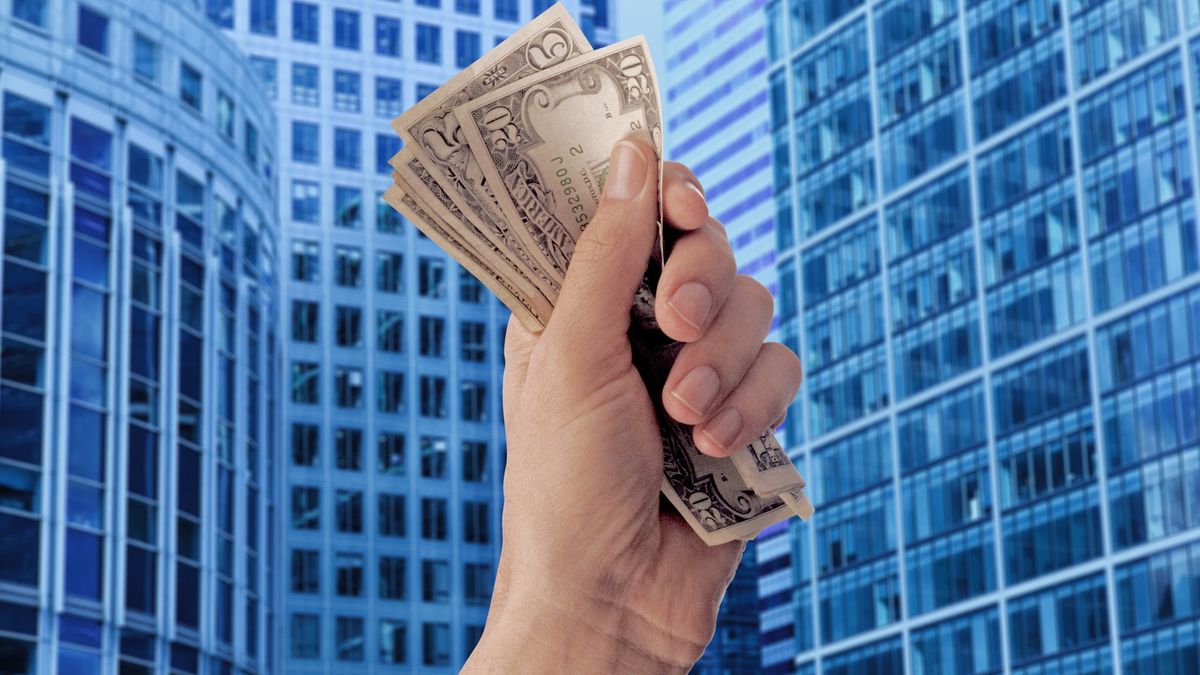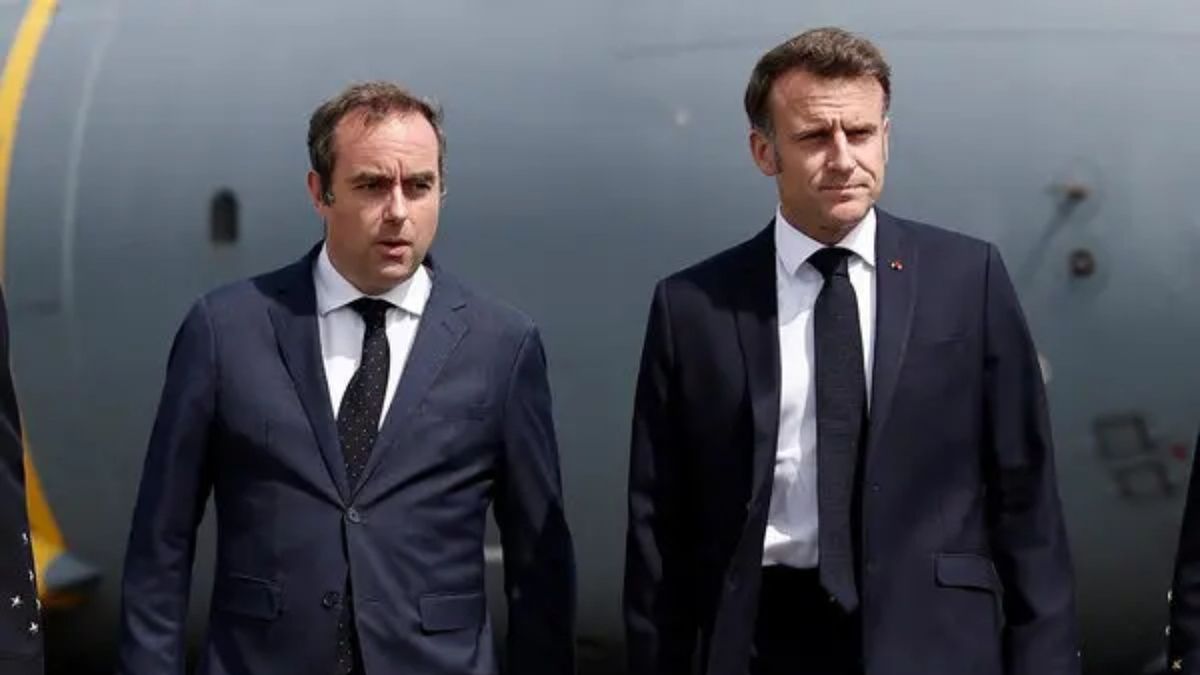Sergio Chouza, director of the Sarandí Consultant, stated that in the foreign exchange market it is seen that there is a moment of relative abundance, due to a greater availability of dollars in the formal market. “This is generating relief in the financial dollars that are the ones that ultimately arbitrate the blue, so one tends to think that for the remainder of the second quarter there should be no upward pressure. If this happens in the financial market, the informal parallel market will probably follow the same stable dynamics”.
Throughout the past week, the informal dollar accumulated a drop of $2, the second in a row.
Blue dollar price in April
In the fourth month of the year, the blue dollar exhibits a decline of $4, after ending March at $200.
The parallel dollar is coming off $11 last month, which represents its worst performance in 14 months.
You have to go back to January 2021 to find a more important monthly drop. In that month, the informal dollar showed a drop of $13 or 7.8%, going from $166 to $154.
Last February, the parallel dollar fell $6.50 (-3%), after rising $5 or 2.4% in January.
During the past year, the blue dollar registered a rise of 25.3% ($42), half compared to the inflation of the period (50.9%). However, it is worth remembering that in 2020 it had shown a sharp jump of 111% (compared to 36% inflation).
What is the blue dollar?
The value of the blue dollar has a substantial difference with the official dollar, which is acquired in banks and has an established price. Its sale is in the informal market, without regulations or limits, and for this reason it is generally operated at a value greater than the official dollar.
Why is it called the blue dollar?
The origin of the blue dollar as a denomination for the operation of the banknote in the informal market is not clear. But there are theories.
An explanation of its name indicates that it is so called because in English, “blue”, in addition to naming the color blue, refers to something “dark”.
Another theory relates it to purchase operations through bonds or shares of companies known as “blue chips”. They also link it to the approximate color that appears when a fibron is applied to detect counterfeit bills.
Price of the savings or tourist dollar
The savings dollar or solidarity dollar -retail plus tax- was located in $194.12 on average.
More news about the Blue Dollar and the Dollar
Investments: is it time to bet on the blue dollar?
Given the rise in the official dollar: What can happen to the blue dollar?
Dollar after the agreement with the IMF: How much can the gap with the official fall?
Source: Ambito
David William is a talented author who has made a name for himself in the world of writing. He is a professional author who writes on a wide range of topics, from general interest to opinion news. David is currently working as a writer at 24 hours worlds where he brings his unique perspective and in-depth research to his articles, making them both informative and engaging.




